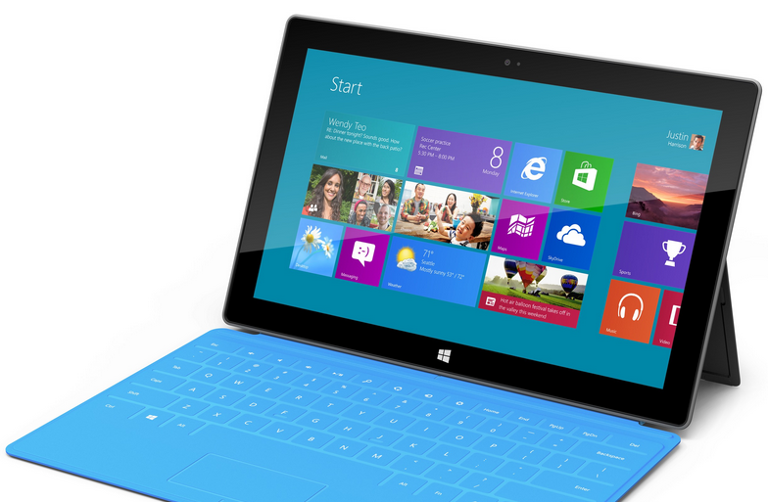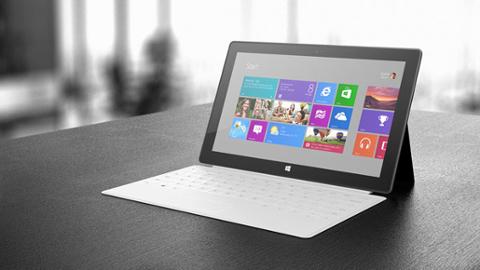A couple years ago, some Microsoft executives thought they had a brilliant idea: Release a version of Windows optimized for tablets and devices that rely on the ARM chip architecture. This lighter-weight version of Windows would compete against Apple’s iPad and the expanding galaxy of Android touch-screens that dominate the tablet market. Things didn’t go as planned, to put it mildly. Sales of the Surface RT, Microsoft’s flagship Windows RT device, proved so disastrous that the company took a $900 million write-down on the device’s existing stock. Microsoft executives also failed to come up with a marketing campaign that differentiated Windows RT from the then-new Windows 8 in the eyes of consumers, all but guaranteeing massive confusion. Now WMPoweruser has discovered info on the Windows 10 FAQ page suggesting that Microsoft is prepping the final nail for RT’s coffin:
“If you’re running Windows RT, your device won’t upgrade to Windows 10. We will have an update available in September 2015 that will improve the Start menu and lock screen. Check Windows Update on your Windows RT device to make sure it is ready to download the update when available.”
Those updates won’t exactly bring the operating system into the Windows 10 era. In theory, Microsoft could provide further updates to the OS—but given its sales performance over the past few years, it’s also hard to see why they’d expend the resources to do so. Windows RT always seemed like an odd outlier to the Windows ecosystem. For starters, it didn’t offer compatibility with existing Windows apps, which limited its appeal to users who’d spent years accumulating Windows-supported software. It also didn’t offer a convincing-enough case for iPad and Android users to switch allegiances. As with Google Plus, another project launched as a “me too” into an indifferent market, Windows RT failed to define its mission in a compelling way—and ultimately paid for it.

